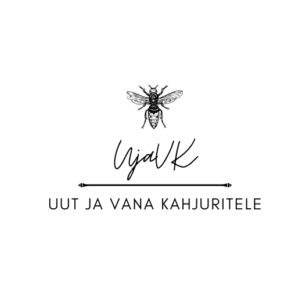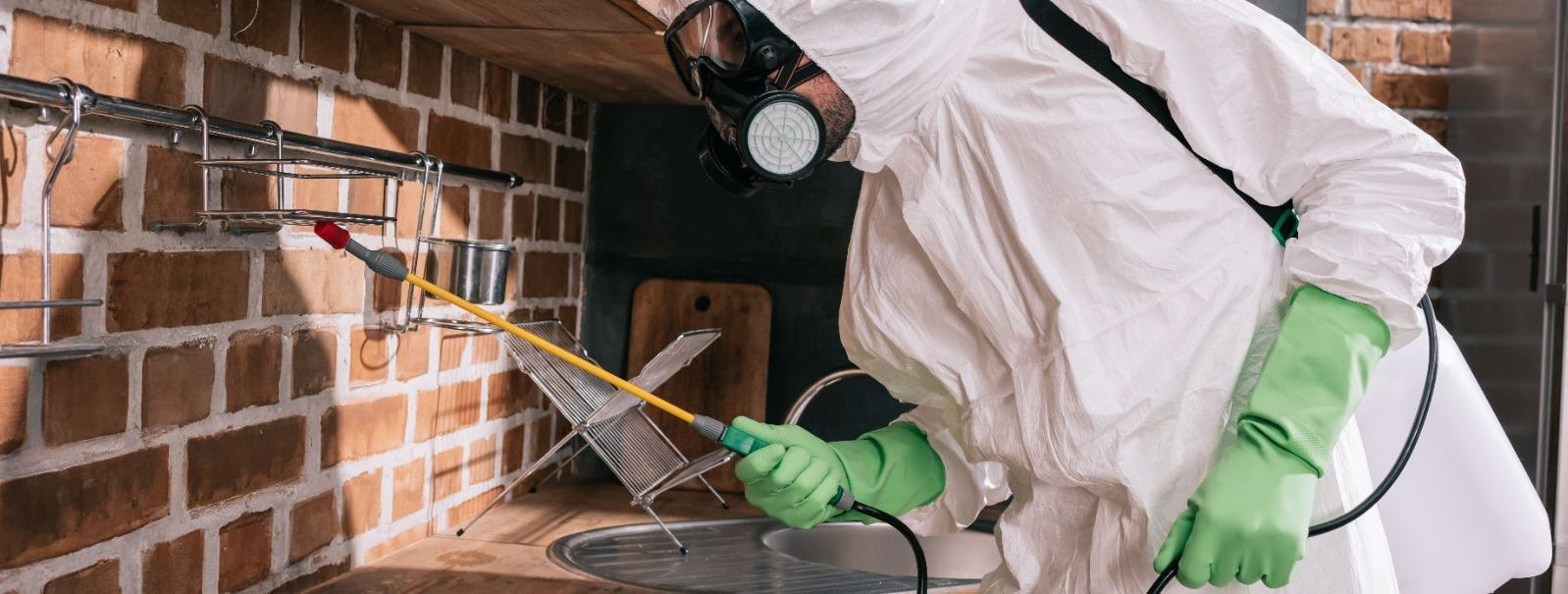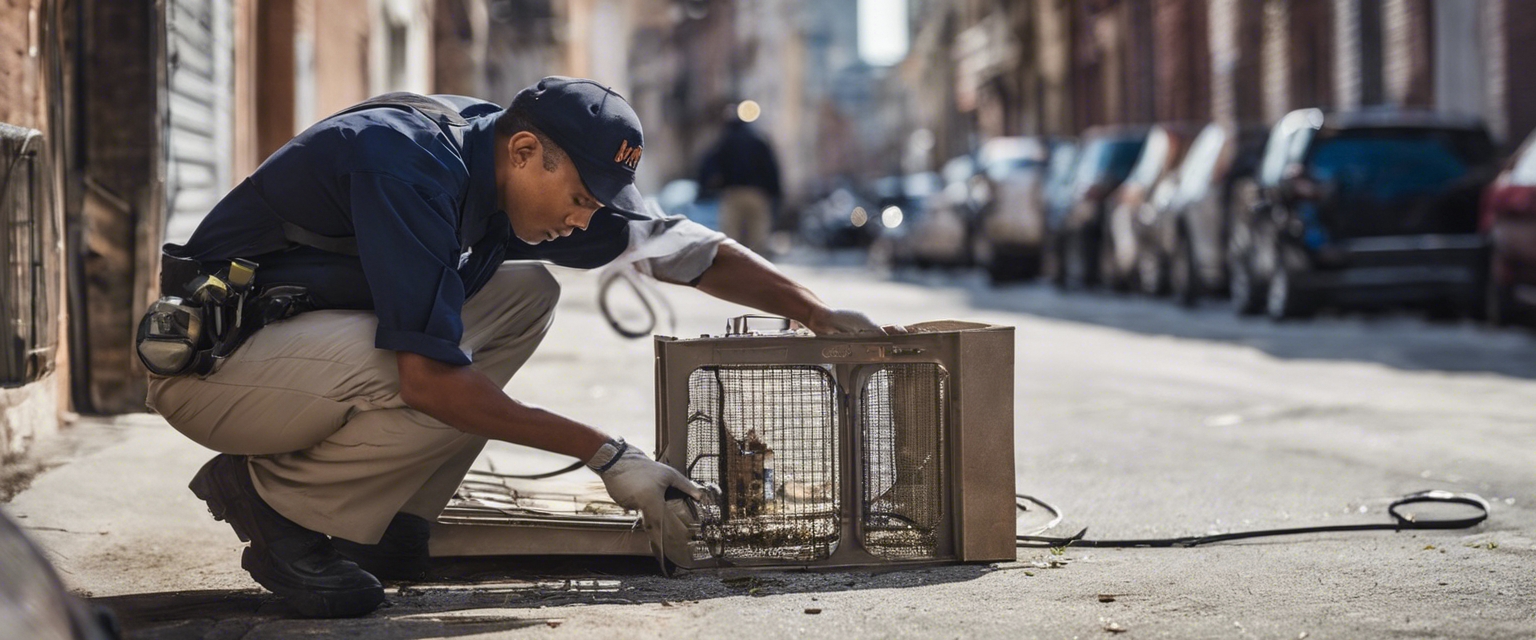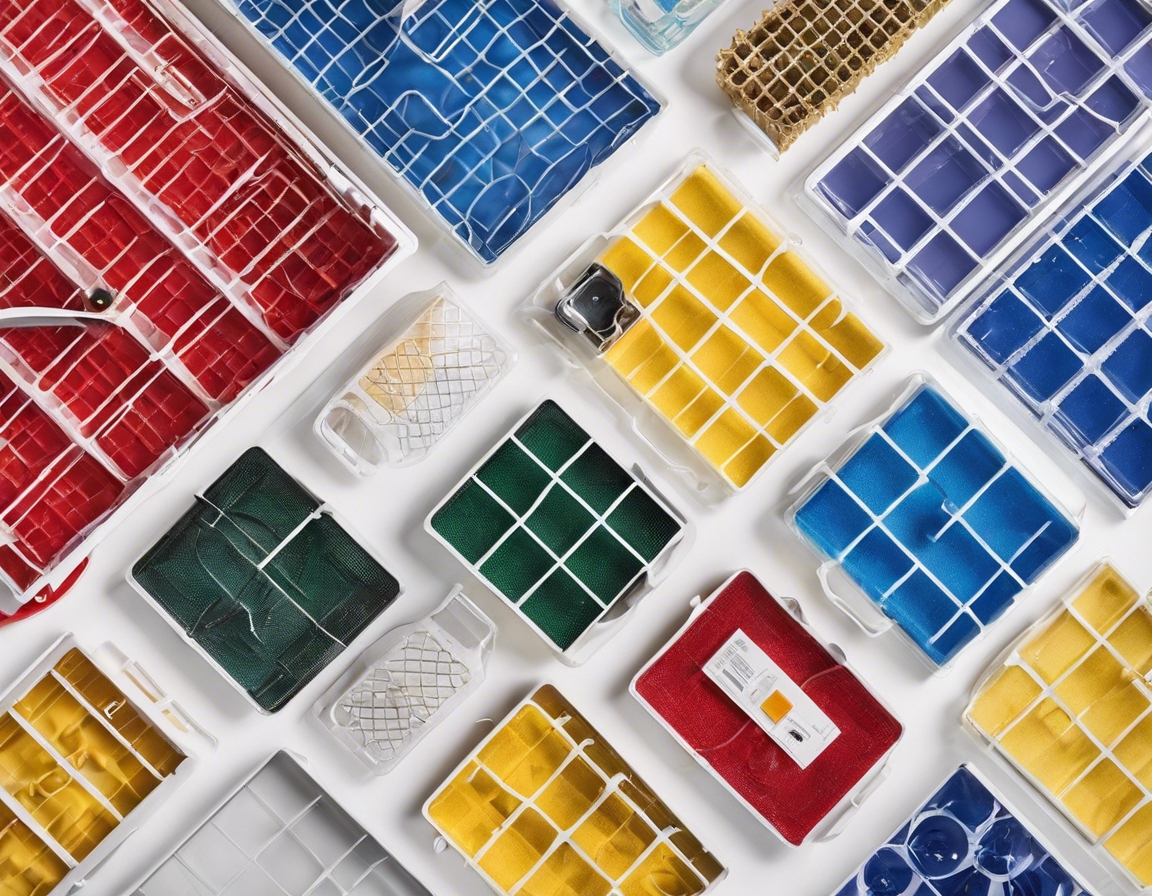5 eco-friendly pest control methods for your home
As homeowners, renters, and municipal entities seek out pest control solutions, the shift towards eco-friendly methods has become increasingly important. These sustainable practices not only protect our homes but also safeguard the health of our families and the environment. Non-toxic methods are essential for maintaining a balanced ecosystem while effectively managing pest populations.
Traditional chemical pesticides pose significant risks to the environment, including water contamination, harm to non-target species, and the disruption of local ecosystems. By choosing eco-friendly pest control methods, we can minimize these adverse effects and promote a healthier planet.
Method 1: Prevention is the Best Defense
Preventing pests from entering your home is a cornerstone of eco-friendly pest control. Regular cleaning, minimizing clutter, and proper food storage are simple yet effective steps to deter pests. These practices reduce the likelihood of infestations by removing potential food sources and hiding places for pests.
Another preventive measure is to seal cracks and crevices where pests may enter. Ensuring that waste is properly managed and containers are sealed can also significantly reduce the attraction of pests to your home.
Method 2: Natural Repellents and Deterrents
Essential oils, such as peppermint, lavender, and eucalyptus, are known for their pest-repellent properties. These natural substances can be used to create homemade sprays that deter a variety of pests without the use of harmful chemicals.
Planting certain herbs and flowers, like basil, rosemary, and marigolds, can naturally repel pests. These plants can be integrated into your garden or used in pots around the home to create a protective barrier against pests.
Method 3: Biological Pest Control
Beneficial insects, such as ladybugs and lacewings, can be introduced to your garden to naturally control pest populations. These predators feed on common pests like aphids and mites, providing a natural balance to your home's ecosystem.
Microorganisms, such as Bacillus thuringiensis (Bt), can be applied to target specific pests without harming beneficial insects or the environment. This biological pesticide is particularly effective against caterpillars and other larvae.
Method 4: DIY Physical Traps and Barriers
Physical traps, such as pheromone traps or sticky boards, can be used to monitor and control pest populations. These traps are non-toxic and can be made at home with common household items.
Physical barriers, like copper tape for slugs or netting for birds, can prevent pests from accessing certain areas of your home or garden. These barriers provide a humane and eco-friendly way to manage pests.
Method 5: Professional Eco-Friendly Pest Control Services
When seeking professional help, it's important to choose a company that prioritizes eco-friendly practices. Look for services that offer integrated pest management (IPM) and use products that are certified as safe for the environment and non-toxic to humans and pets.
IPM is a holistic approach to pest control that combines various eco-friendly strategies to manage pests effectively. It focuses on long-term prevention and uses comprehensive information about the pests and the environment to implement control methods that are least disruptive to natural ecosystems.






Comments (0)